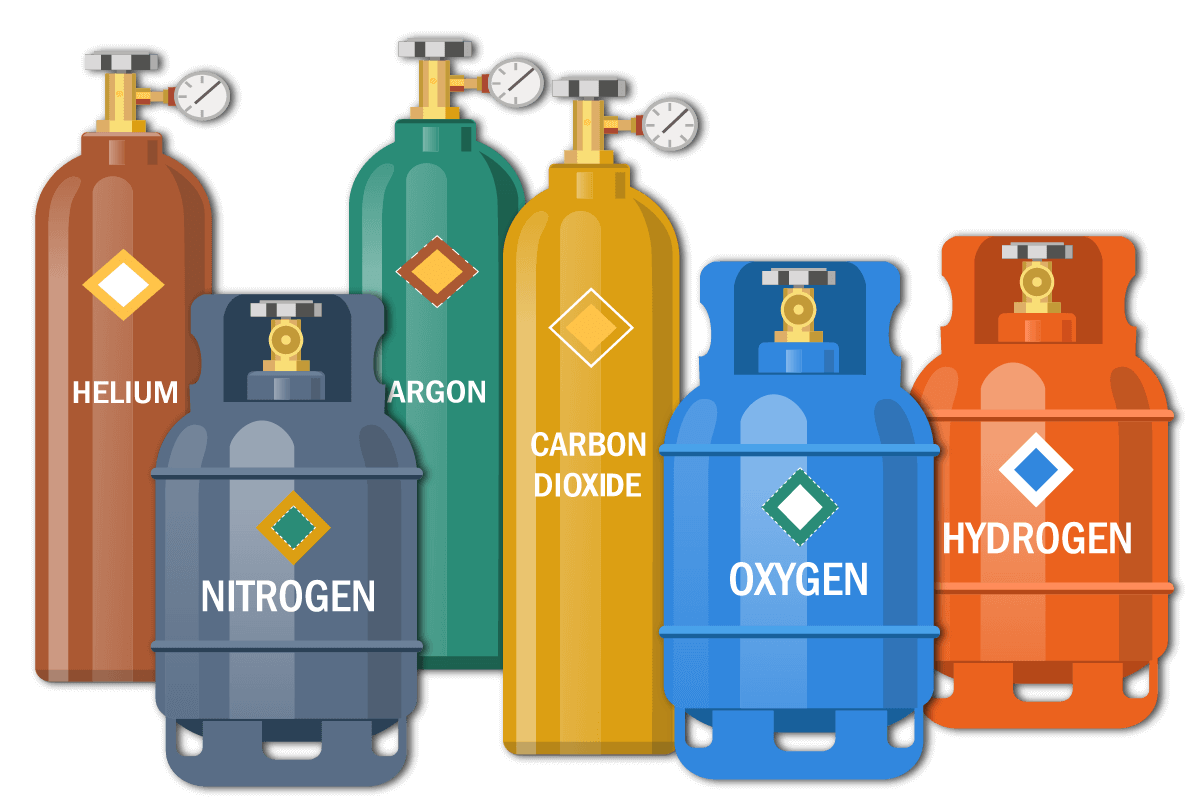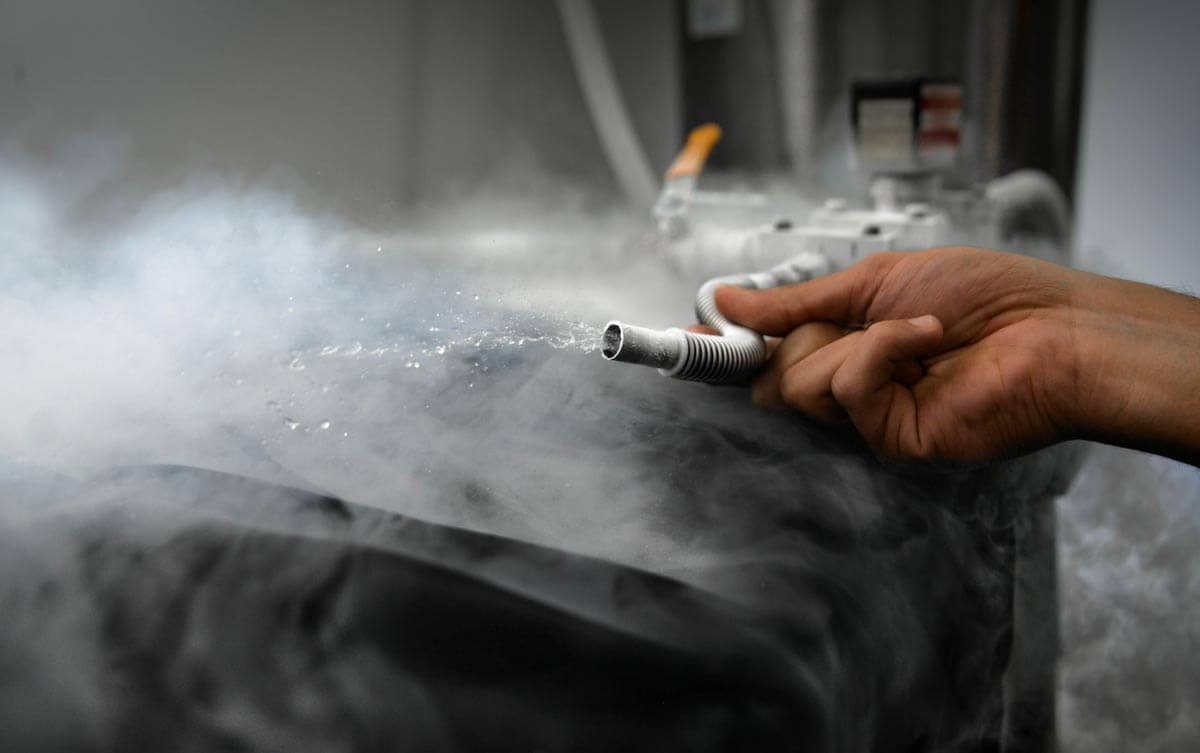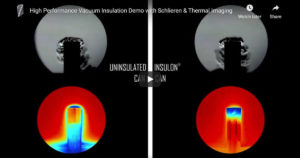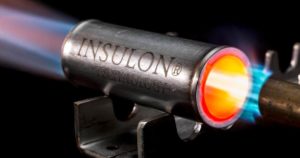This video demonstrates the thermal performance of a ½ inch diameter, 6-inch long Insulon® vacuum insulated tube. The Insulon tube is compared to a double-walled, air-insulated tube and a single-walled, non-insulated tube. As you can see in the video, Insulon maintains the external surface temperature closer to ambient temperature and prevents the accumulation of condensation and frost.
Why insulation is crucial for cryogenics
Cryogenic storage containers and piping systems need to maintain cryogenic liquids at ultra-low temperatures. Without proper temperature control, liquid cryogens vaporize into gaseous form. This vaporization process, or “boil-off,” can cause problems for cryogenic systems, leading to material losses, energy inefficiencies, and a reduction in overall system performance.

Proper thermal insulation is crucial to maintaining these subzero systems. Vacuum insulation is one option for providing high-performance insulation for cryogenic systems. According to technical reports from NASA, “Cryogenic vacuum insulation systems, with proper materials selection and execution, can offer the highest levels of thermal performance.”
The coldest cryogenic liquid is liquid helium, with a boiling point of -452°F (-269°C).
NASA
Vacuum Jacketed Transfer Lines
Vacuum insulation can help cryogenic piping and storage containers maintain ultra-low temperatures by minimizing heat transfer into the system. Reducing the incoming heat can help minimize boil-off, contributing to the conservation of materials and supporting system function.

Cryogenic transfer lines may include straight or bent piping, as well as flexible tubes and hoses. All types of cryogenic transfer lines require high-performance insulation to guard materials while in transit. Vacuum insulated tubing provides insulation for various cryogens, including liquid nitrogen, liquid helium, liquid oxygen, liquid hydrogen, liquid argon, and liquefied natural gas (LNG).
High Temperature Performance
In addition to cryogenic applications, Insulon® advanced vacuum insulation can be used in high-temperature environments. We engineer Insulon® components to operate in thermal environments up to 815°C or higher, depending on the product.
Small Bore Pipe Insulation
Insulon® vacuum insulation specializes in ultra-thin, small-bore vacuum insulated tubes, pipes, and hoses. Our proprietary technology and manufacturing capabilities allow for diameters as low as 24 gauge.




